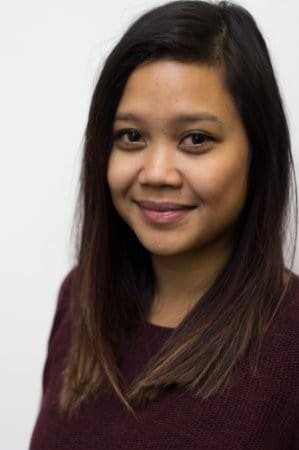This made me think of the October 18, 2019 Leadership Winnipeg session. Throughout the day I felt like I witnessed reconciliation in small and large ways.
Walking into Government House, the historic residence of the Lieutenant Governor of Manitoba, it was hard not to notice the cultural and historical artifacts that decorated the space. In particular, a large dedicated area of beautiful Inuit carved sculptures stood out to me (side note: I later found out that they were from the Winnipeg Art Gallery, which will be opening the Inuit Art Centre in 2020). As the formal program started, there was an acknowledgement that we were on Treaty 1 territory. When I was reflecting on the day it made me realize that not too long ago mentioning this statement could be seen as something quite progressive and now it’s commonplace.
Later, the larger group broke into smaller ones to sit and chat with leaders who came from different sectors, ranging from arts to small business. Throughout these sessions, without prompting, it was interesting to hear how these leaders participated in reconciliation. For instance, Sandi Mielitz, a retired railroad executive, shared with us how she was heavily involved with the vocal group Camerata Nova, which performs Renaissance, Indigenous-infused and contemporary music. (In a full circle moment, Camerata Nova’s Composer and Creative Director Andrew Balfour conducted a piece which my high school choir – that I was part of – performed). Jessica Dumas, a well-known facilitator and Indigenous advisor, was also one of the speakers at this session. During her time with my group she shared her journey to better understand her identity which included taking classes about Indigenous culture and reconciliation.
As we were ending that day’s session, the assigned groups had to choose their year-long project, one of which was working with the Bear Clan Patrol Inc., a patrol made up of community members working within the inner city community to provide personal security. This to me was another instance of reconciliation.
Coming back to the question of whether change has actually happened. My short answer is yes.
While there is a long ways to go before we can truly have reconciliation, it feels comforting to know that things are slowly, but surely, changing.
In the closing words of the Circles For Reconciliation group, “Reconciliation begins with each and every one of us”.





